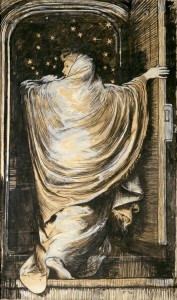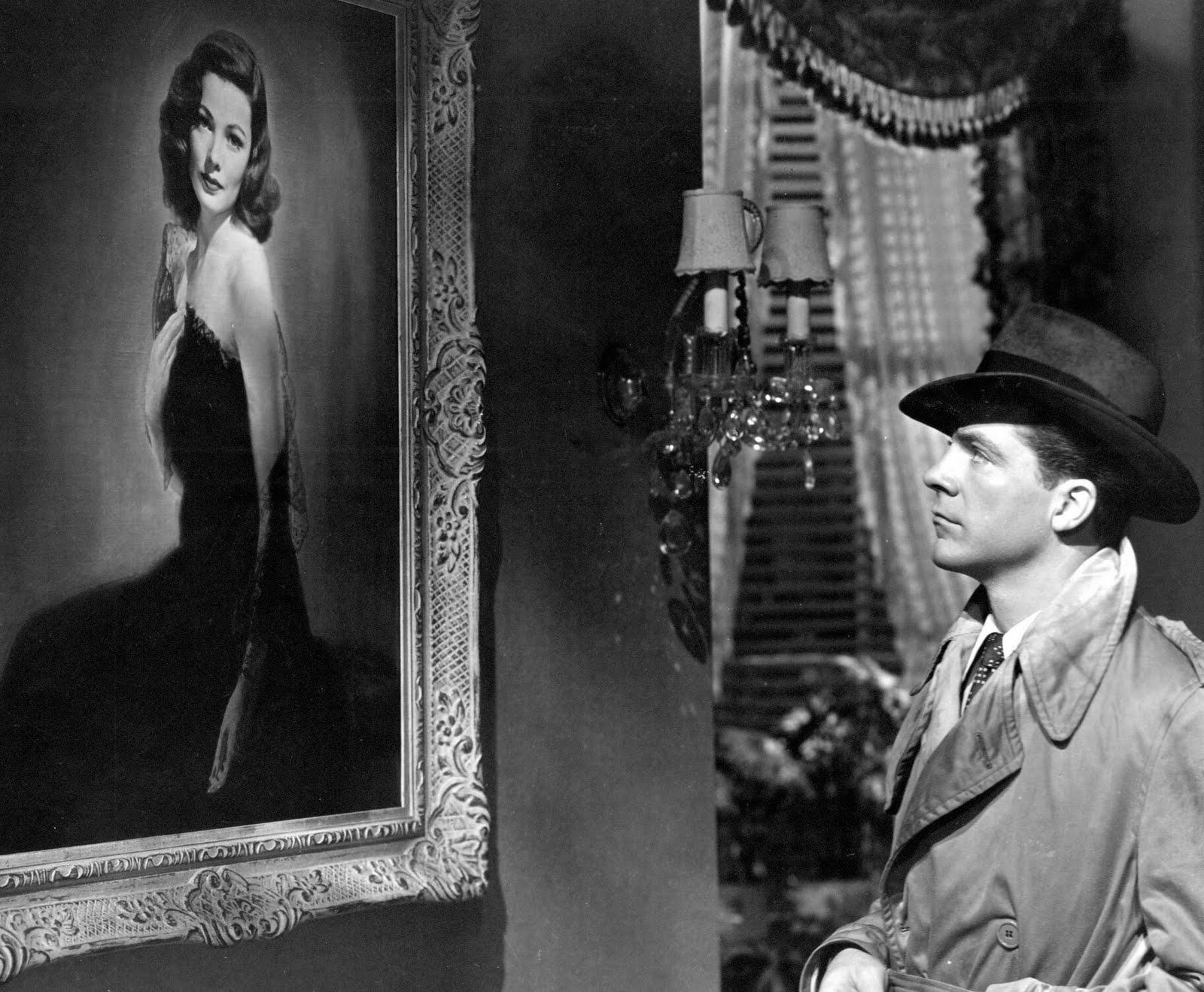Originally published as a serialized story, The Woman in White was accompanied in some newspapers by illustrations depicting the action of the novel. Examining these illustrations can shed light on how these characters were viewed by Victorian readers—and, in addition, they bring Collins’ vibrant characters to life in a way that text alone cannot. A link to the illustrations can be found here.
While looking through the illustrations of The Woman in White, I noticed that Marian and Laura were portrayed as opposing figures in almost every illustration that featured either woman, or both together. In most of the illustrations, Marian wears dark dresses, while Laura wears white. When Marian and Laura are shown together at Limmeridge, Marian has a rigid, strong posture, while Laura either reclines or leans toward her, reflecting Laura’s reliance on Marian’s protection. However, in a scene depicting the sisters at Blackwater Park, the roles have shifted: Marian leans forward, while Laura stands defiantly tall behind her. Here, the illustrations track the exchange of strength between Laura and Marian seen over the course of the novel.
This pattern is especially apparent in the illustrations depicting Walter’s introductions to Marian and Laura. Both women are seen from Walter’s point of view; however, Marian faces away from Walter while Laura is seen in profile. As a result, we cannot see Marian’s face at all, while Laura’s face is full of expression. In addition, while the background to Marian’s portrait has an almost sketch-like appearance, Laura’s background is richly illustrated. These images, which mimic the narration of the novel in meticulous detail, are crafted to reinforce each woman’s role in her society. Laura fits beautifully into her illustration, completing the picture of purity and innocence as she gazes heavenward with an almost angelic quality. Marian, on the other hand, appears to be sketched almost as an afterthought. The fact that she is turned away prevents the viewer from seeing the most unique physical attribute of Marian Halcombe—her strong facial features. Instead, she fades into a rather unremarkable background, just as unmarried women were marginalized in the Victorian era without any social standing.


